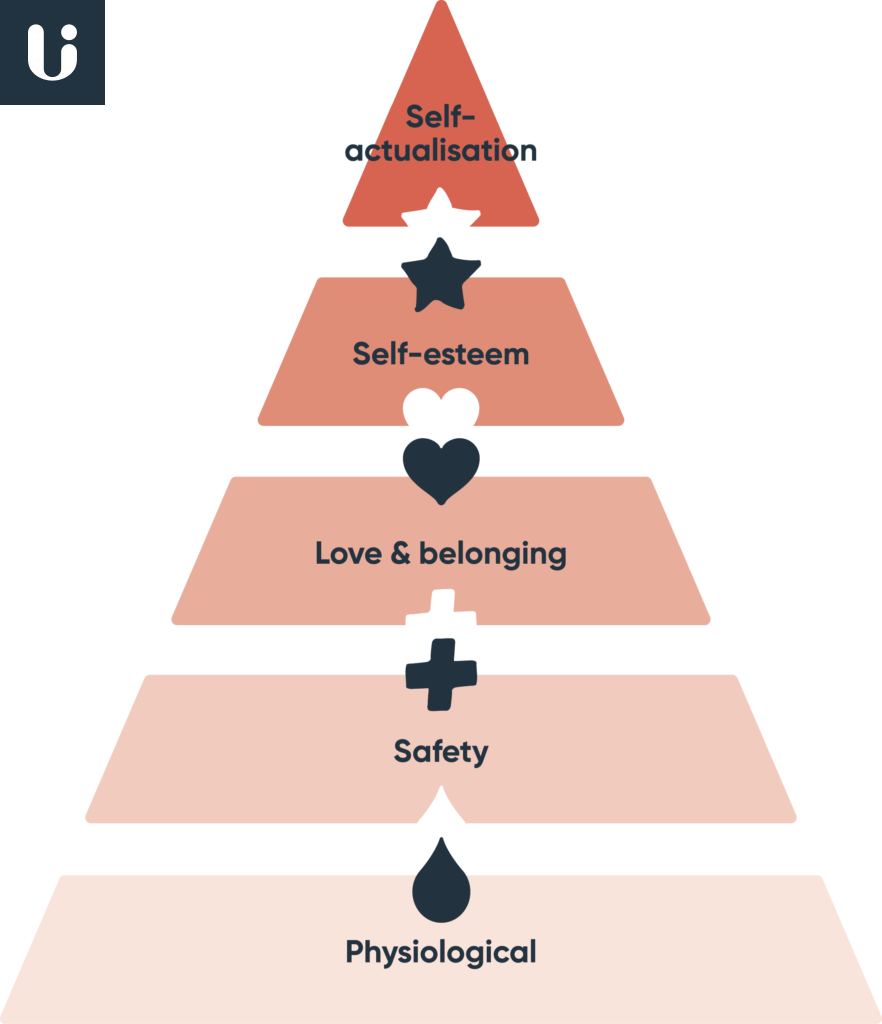Medical and cosmetic uses of botox
Botulinum toxin is predominantly used as a treatment to reduce the appearance of facial wrinkles and fine lines in older adults. Beyond aesthetic applications, Botox has been found useful in treating a variety of medical conditions including eye squints, migraines, excess sweating and leaky bladders. Botulinum toxin is currently used to treat over 20 different medical conditions, with more applications under investigation.
Botulinum toxin is currently approved for the following therapeutic applications:
- Blepharospasm (spasm of the eyelids)1
- Idiopathic rotational cervical dystonia (severe neck and shoulder muscle spasms) 1
- Chronic migraine3
- Severe primary axillary hyperhidrosis (excessive sweating)1
- Strabismus (crossed eyes)1
- Post-stroke upper limb spasticity4
- Detrusor overactivity urinary incontinence6
- Overactive bladder5
- Hemifacial spasm1
- Glabellar lines (frown lines between the eyebrows)2
- Canthal lines (crow’s feet).7
Botulinum toxin is also often used off-label for:
- Achalasia (an esophageal issue causing symptoms such as difficulty swallowing)8
- Anal fissure and Anismus (dysfunction of the anal sphincter)8
- Sialorrhea (hypersalivation)9
- Allergic Rhinitis10
- Sphincter of oddi (hepatopancreatic) dysfunction11
- Cerebral Palsy1
- Oromandibular dystonia (forceful contraction of the jaw, face and/or tongue)12
- Laryngeal Dystonia (forceful contraction of the vocal cords).13
How is the botox procedure performed?

Botuilinum toxin takes up to 72 hours to take effect and make a noticeable difference.
Botulinum toxin is administered by diluting the powder in saline (sodium chloride) and injecting it directly into neuromuscular tissue. It takes 24-72 hours for botulinum toxin to take effect, which reflects the time needed for the toxin to disrupt the synaptosomal process. In very rare circumstances, it may take as long as 5 days for the full effect of botulinum toxin to be observed.14
Botulinum toxin should not be used in pregnant or lactating women, or by people who have had a previous allergic reaction to the drug or any of its ingredients.
Risks and side effects of botox
Injections with botulinum toxin are generally well tolerated and there are few side effects. In rare cases an individual may have a genetic predisposition that results in a mild, transient unusual response to the drug.
Around 1% of people receiving injections of botulinum toxin type A develop antibodies to the toxin that make subsequent treatments ineffective.26 In people treated with botulinum toxin type B for cervical dystonia, antibody development has been seen up to 44% of patients.
Along with its intended effects, botulinum toxin may cause some unwanted effects. These can include:14,15
- Mild pain, local edema and/or erythema at the injection site
- Transient numbness
- Headache
- Malaise
- Mild nausea
- Temporary unwanted weakness/paralysis of nearby musculature caused by the action of the toxin
- Temporary upper lid or brow ptosis (drooping)
- Weakness of the lower eyelid or lateral rectus (a muscle controlling eye movement)
- Dysphagia
- Neck weakness
- Influenza-like illness
- Brachial plexopathy (a condition affecting the nerves either side of the neck and chest)
- Gallbladder dysfunction
- Diplopia (double vision)
- Bleeding
- Blurred vision
- Drooping of the eyelids
- Decreased eyesight
- Dry mouth
- Fatigue
- Hives
- Rashes
- Wheezing
- Swelling.




